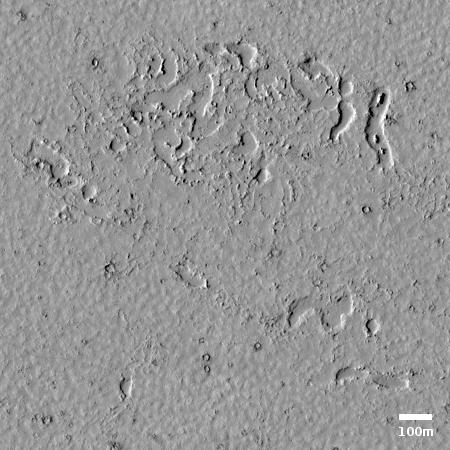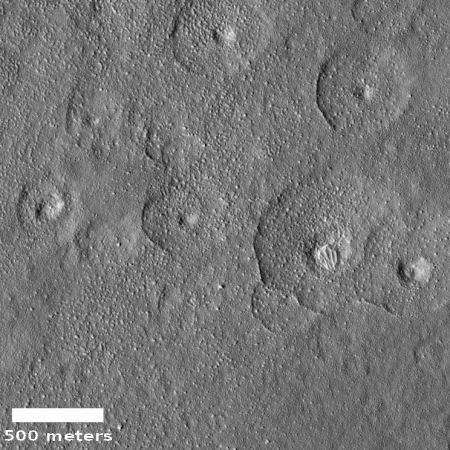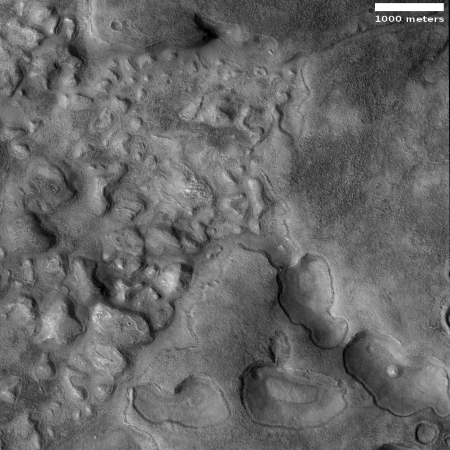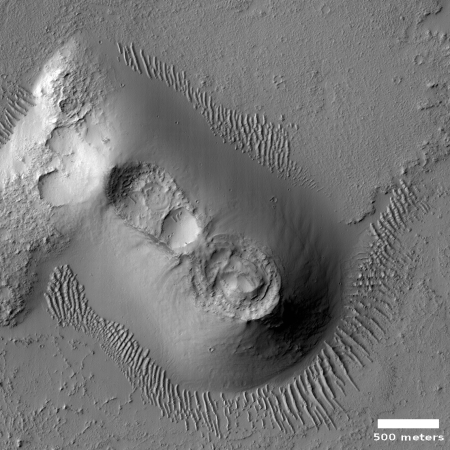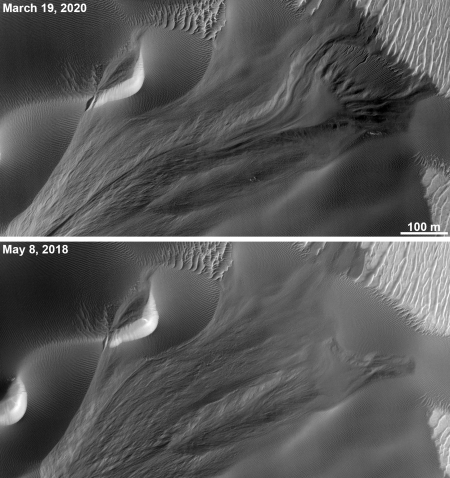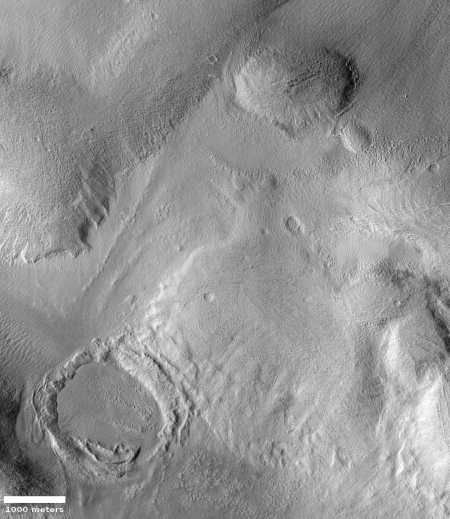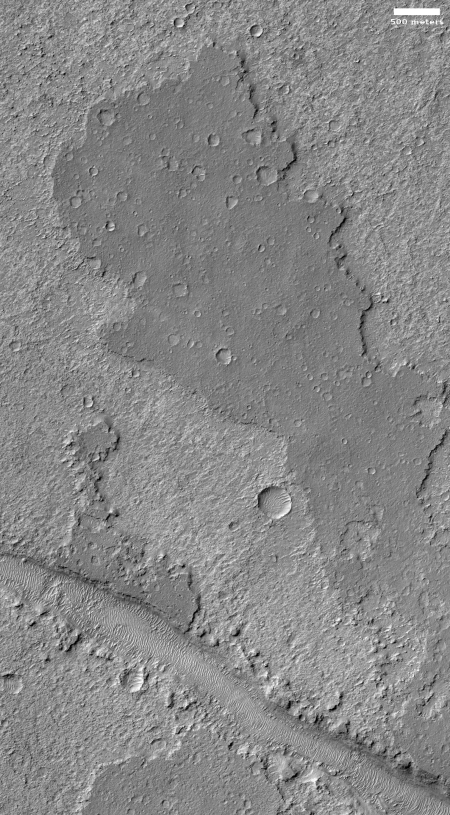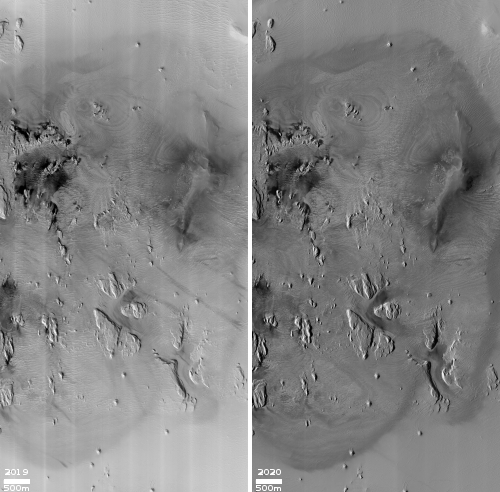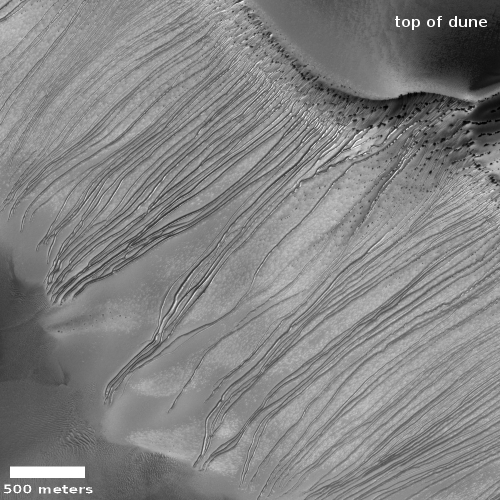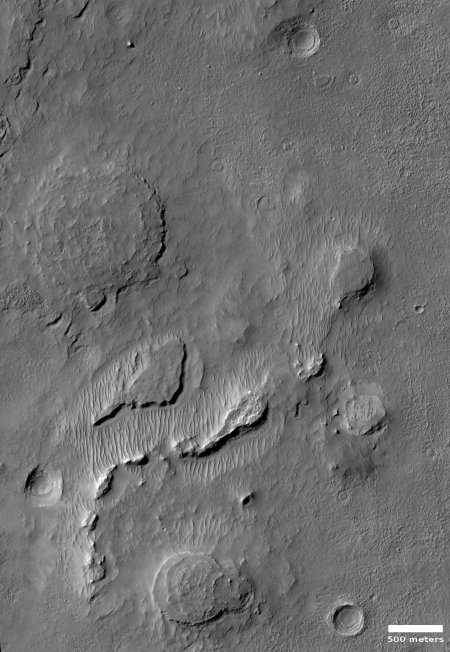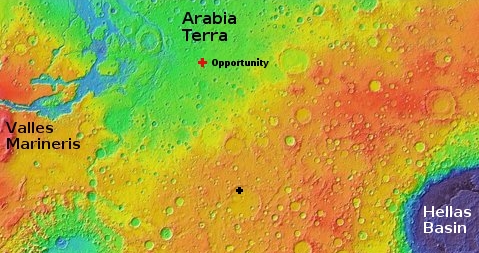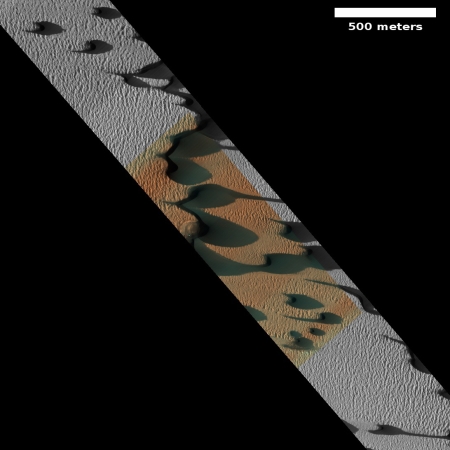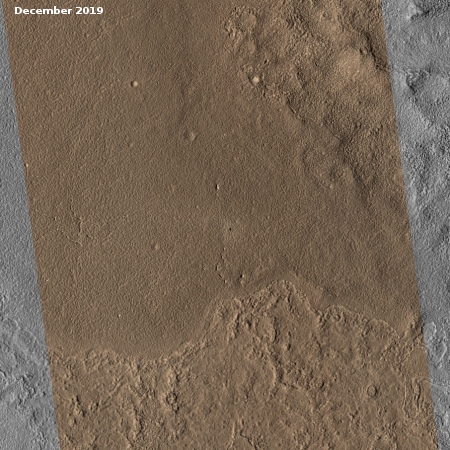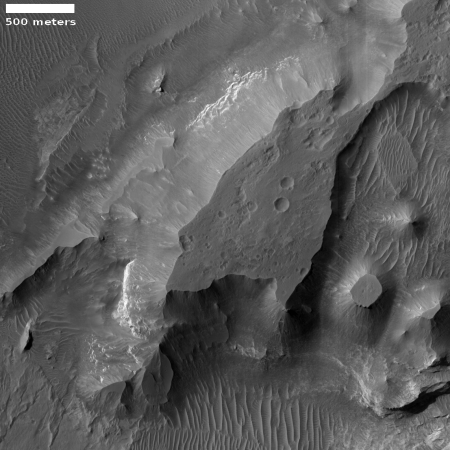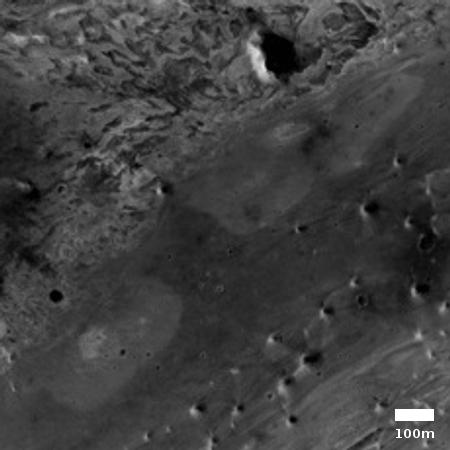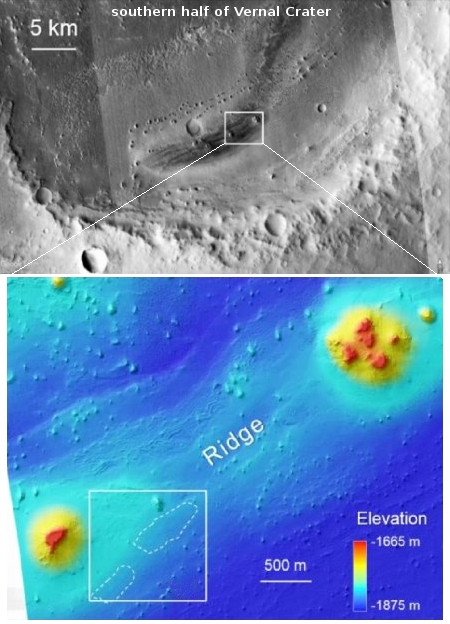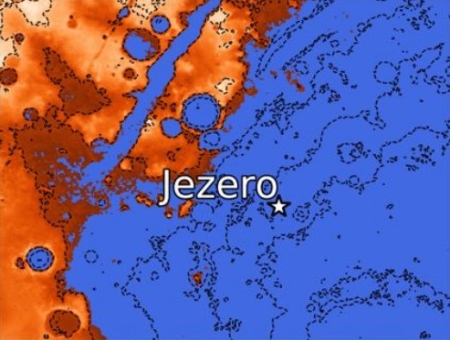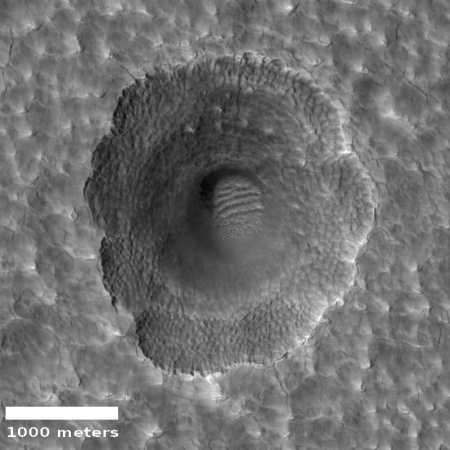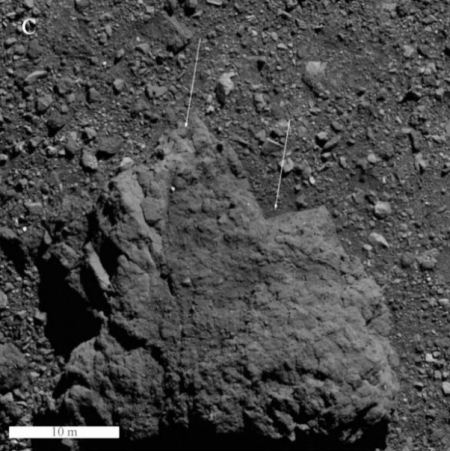Scientists better constrain time frame of Mars’ active dynamo
Using data from the MAVEN orbiter, scientists have now constrained the time frame when Mars’ dynamo was active and producing a global magnetic field, between 3.7 and 4.5 billion years ago.
Magnetism in certain rocks on Mars’ surface indicate that the Martian dynamo was active between 4.3 and 4.2 billion years ago, but the absence of magnetism over three large basins – Hellas, Argyre, and Isidis – that formed 3.9 billion years ago has led most scientists to believe the dynamo was inactive by that time.
Mittelholz’s team analyzed new data from NASA’s Mars Atmosphere and Volatile Evolution (MAVEN) orbiter and found clear evidence of a magnetic field coming from the Lucus Planum lava flow that formed about 3.7 billion years ago – much later than at other areas studied.
There is of course a lot of uncertainty here.
Using data from the MAVEN orbiter, scientists have now constrained the time frame when Mars’ dynamo was active and producing a global magnetic field, between 3.7 and 4.5 billion years ago.
Magnetism in certain rocks on Mars’ surface indicate that the Martian dynamo was active between 4.3 and 4.2 billion years ago, but the absence of magnetism over three large basins – Hellas, Argyre, and Isidis – that formed 3.9 billion years ago has led most scientists to believe the dynamo was inactive by that time.
Mittelholz’s team analyzed new data from NASA’s Mars Atmosphere and Volatile Evolution (MAVEN) orbiter and found clear evidence of a magnetic field coming from the Lucus Planum lava flow that formed about 3.7 billion years ago – much later than at other areas studied.
There is of course a lot of uncertainty here.

